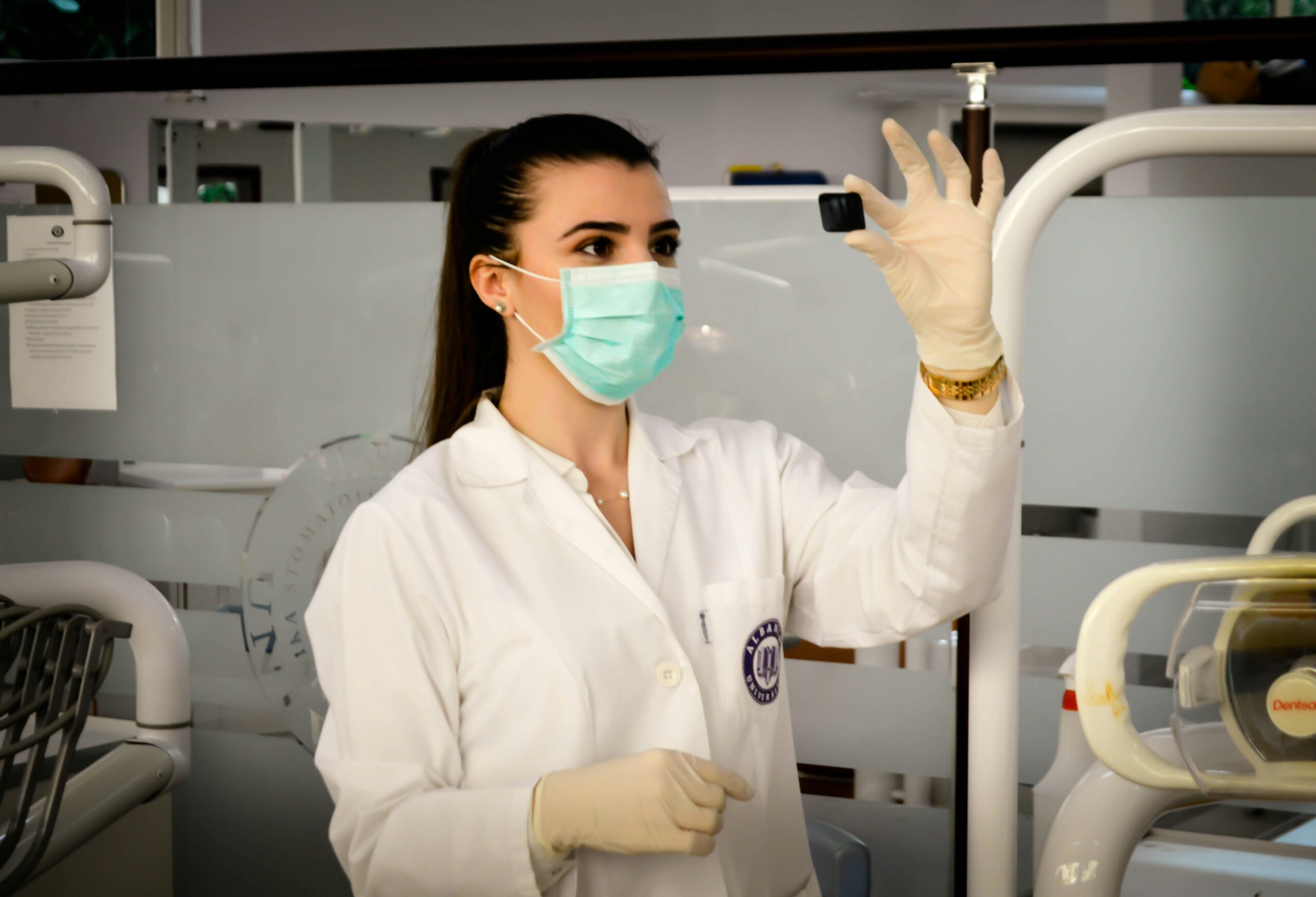
What Is the Abdomen?
The abdomen is a vital part of the human body, serving as the cavity that houses many essential organs. Located between the thorax and the pelvis, its primary function is to protect and contain organs related to digestion, circulation, and various metabolic processes. For medical students, understanding the abdomen meaning is crucial, as it lays the foundation for further studies in anatomy and physiology.
Major Organs in the Abdomen
The abdomen contains several significant organs, including the stomach, liver, intestines, and gallbladder. Each organ plays a unique role in the body’s functionality. For example, the stomach is responsible for the digestion of food, while the liver processes nutrients and detoxifies harmful substances. Becoming familiar with these organs is essential for any medical student, as it is often where many health conditions manifest.
Clinical Relevance of the Abdomen
In the medical field, understanding the abdomen meaning goes beyond textbook definitions. The abdomen is often the focus of examinations for various ailments such as appendicitis, gastric ulcers, and abdominal pain due to gastrointestinal diseases. Proper knowledge of the anatomical and physiological attributes of the abdomen will enhance diagnostic skills. Therefore, medical students must delve into studying the abdomen to prepare for clinical practices.
